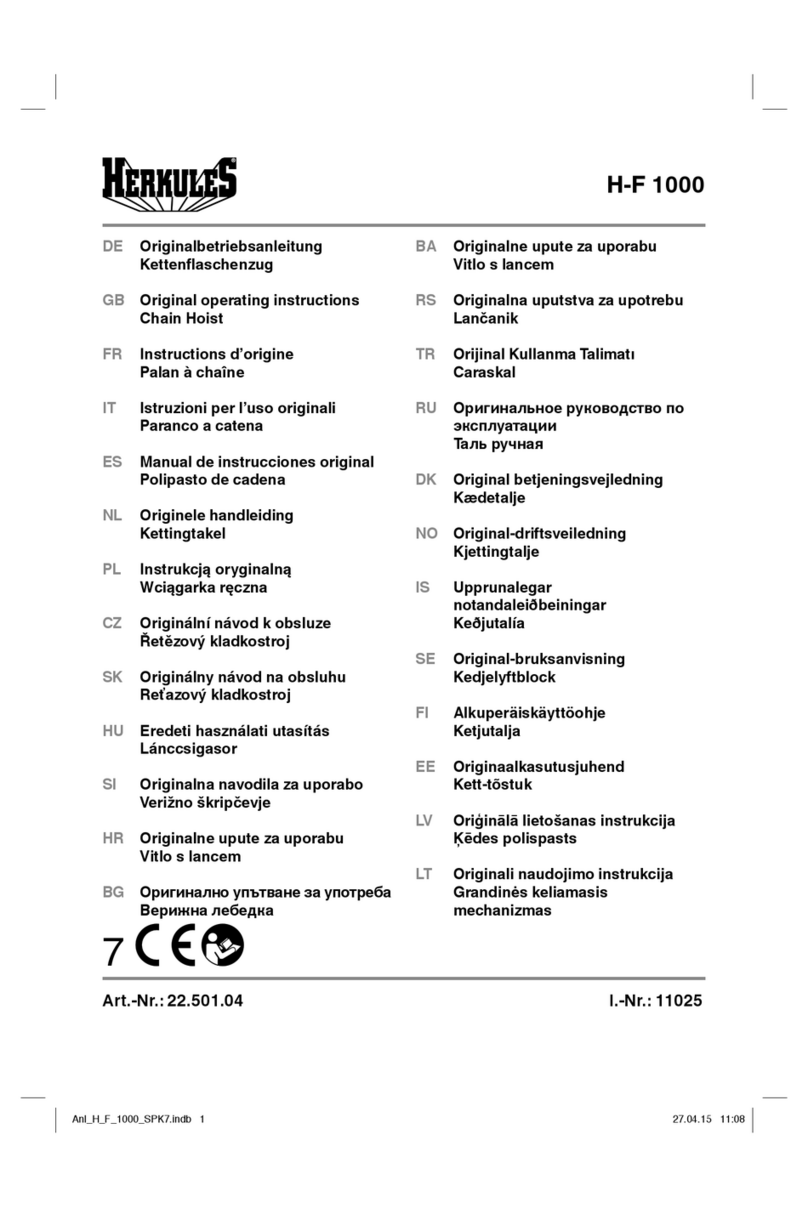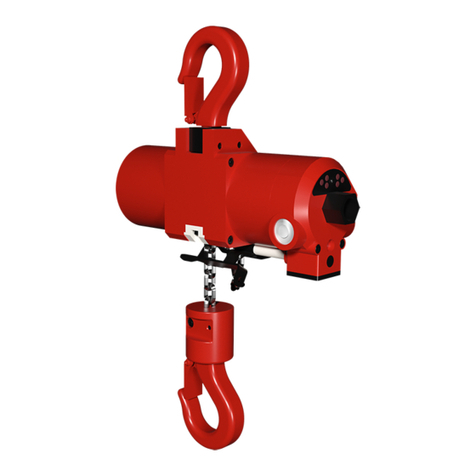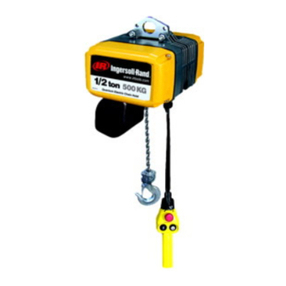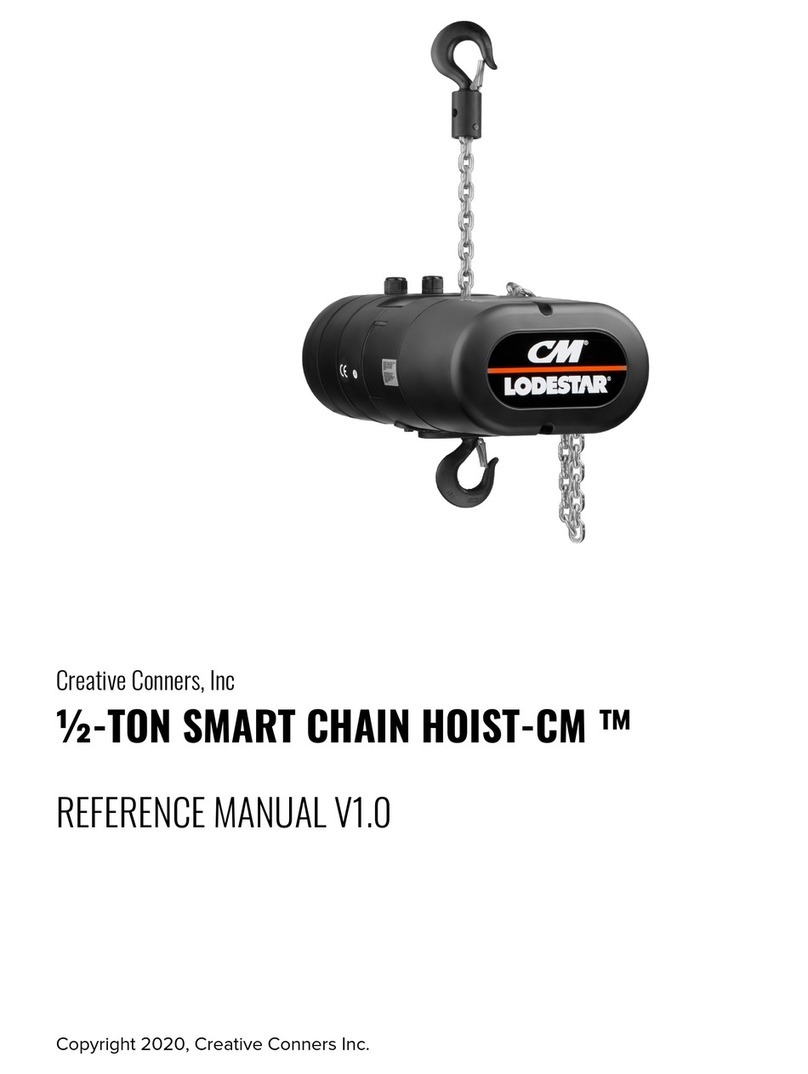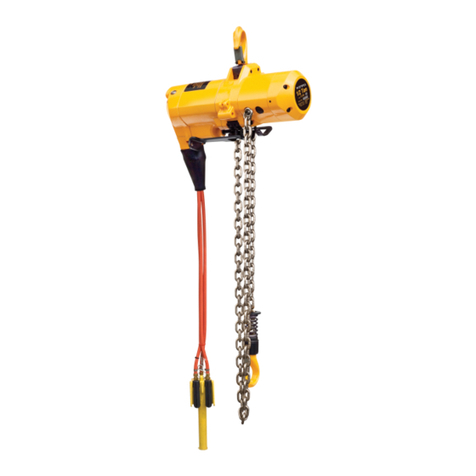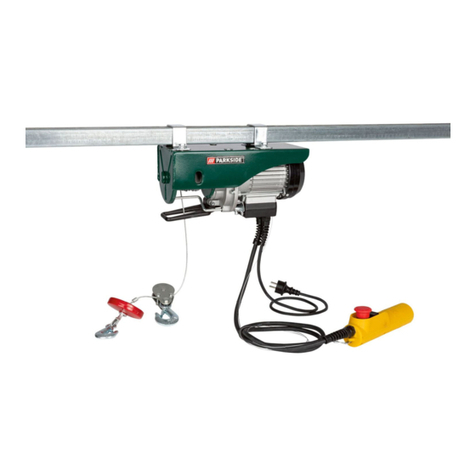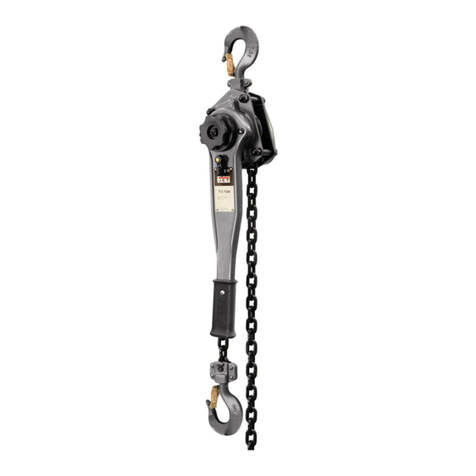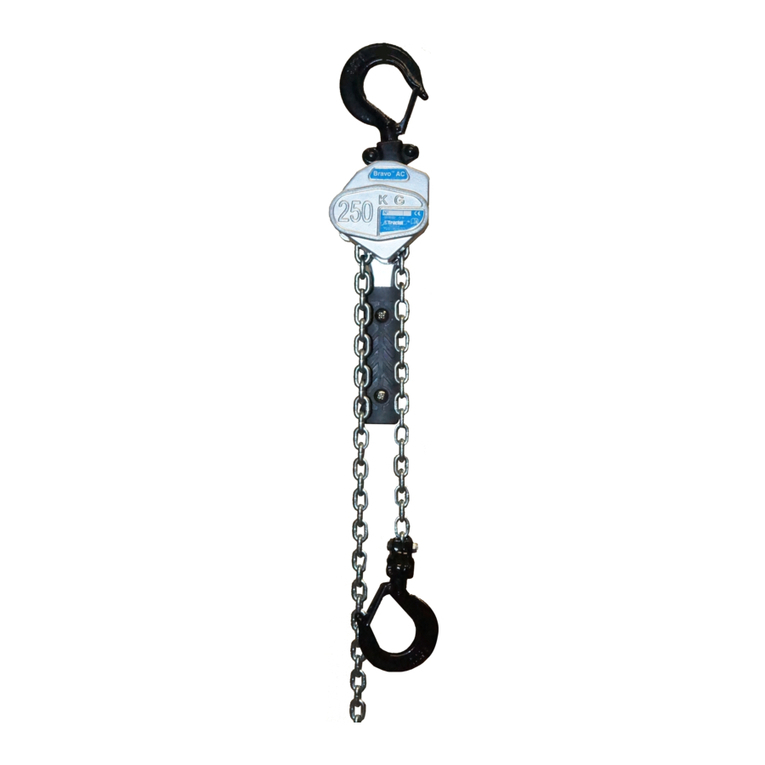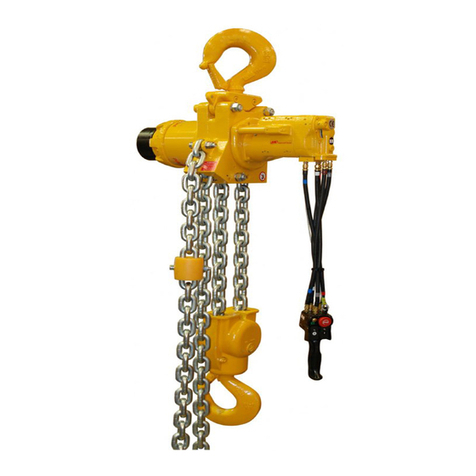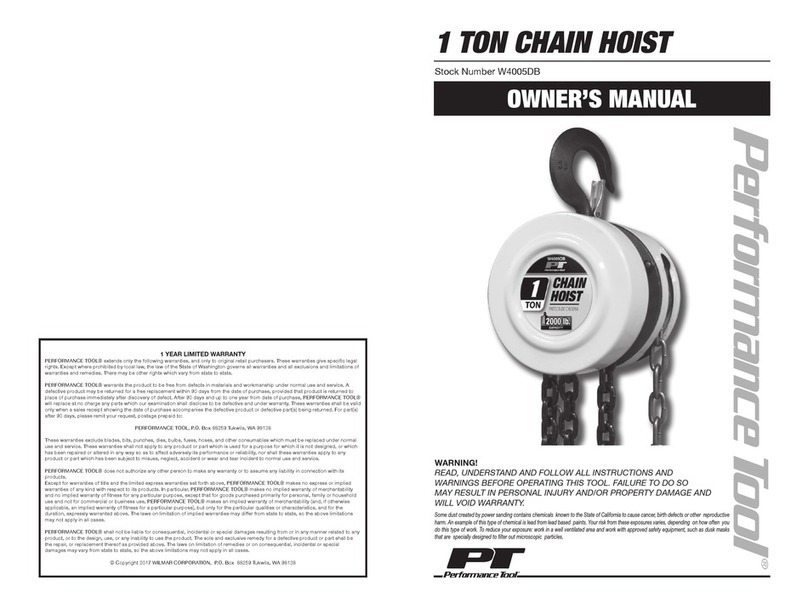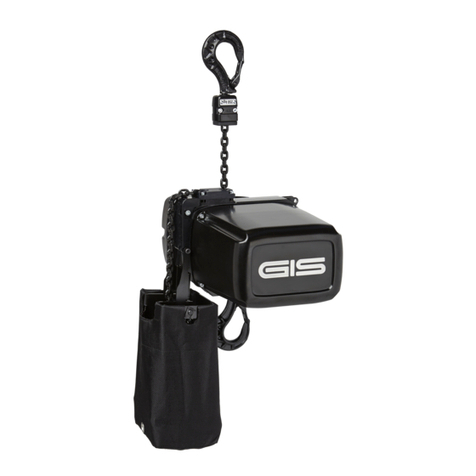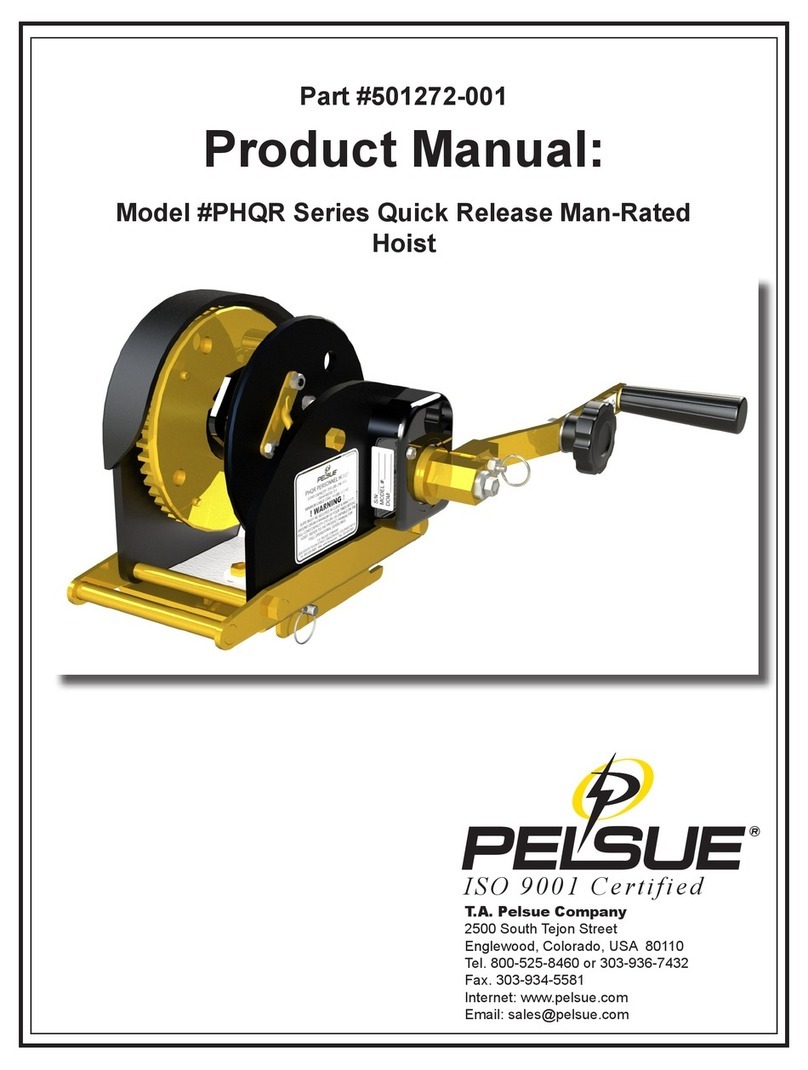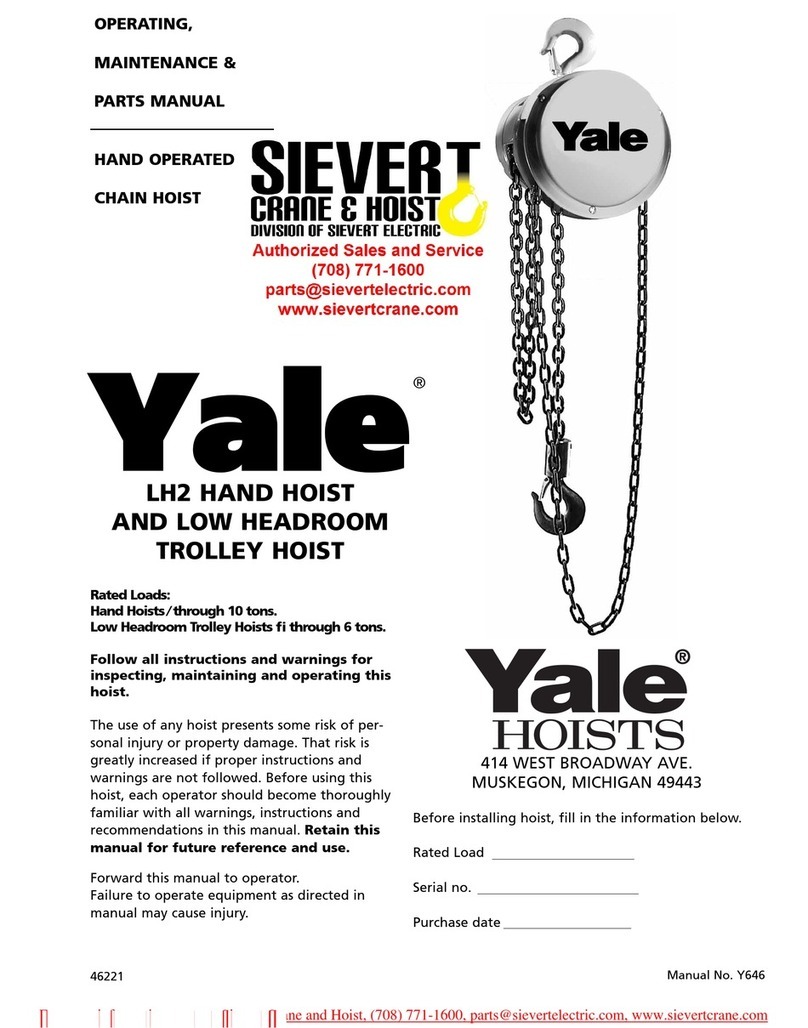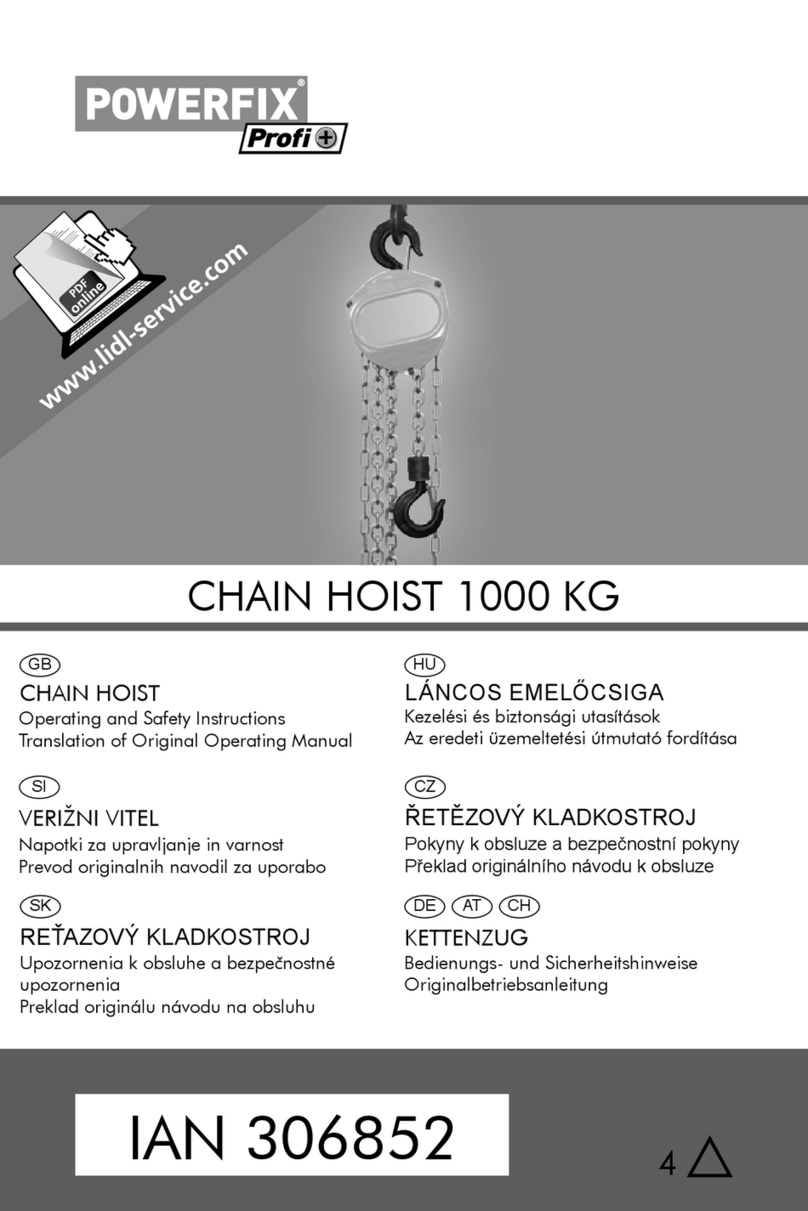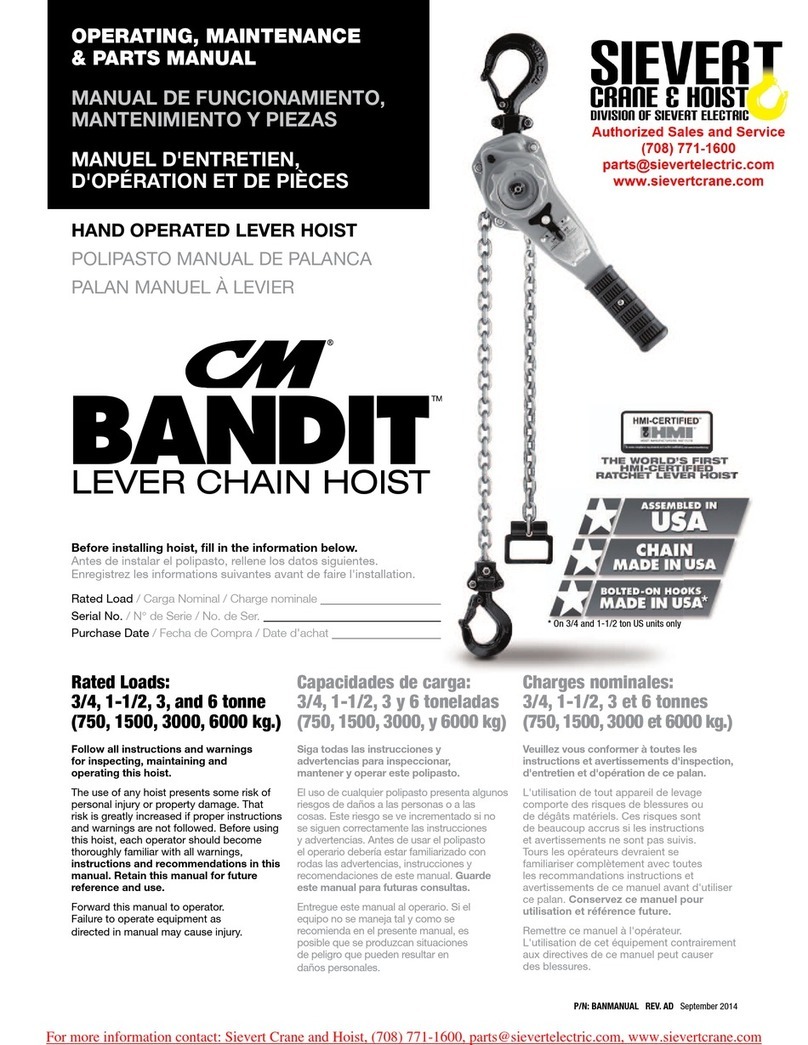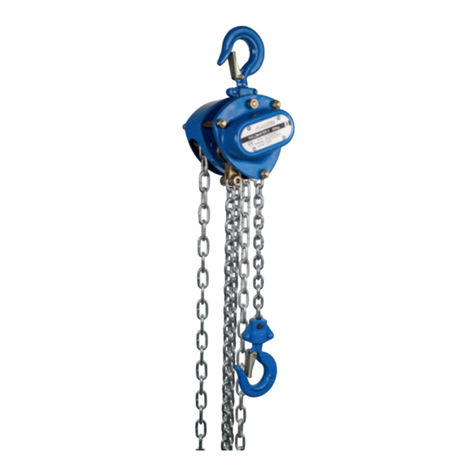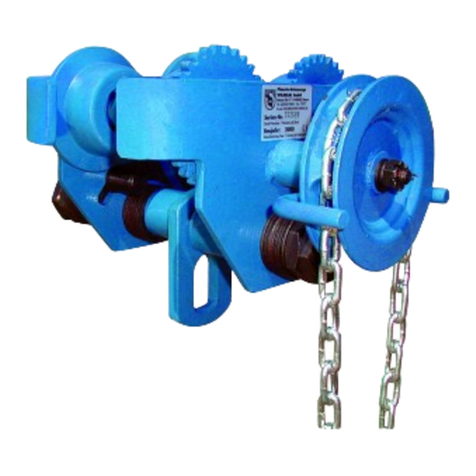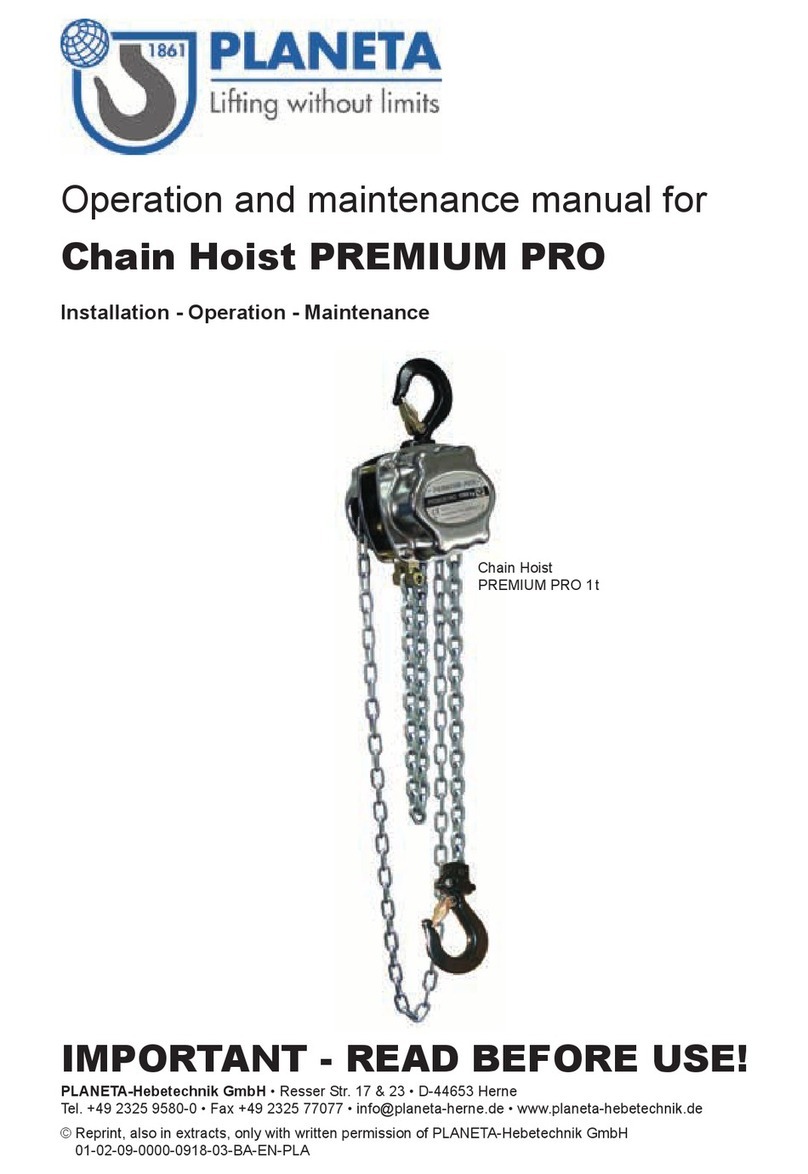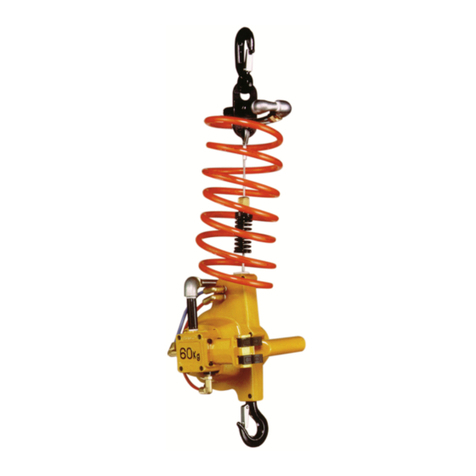
7
2.2 Safety precautions
The product can only be controlled by operators with the following qualifications:
‐ Complete knowledge of this manual.
‐ Reached the age of 18.
‐ Capable both physically and mentally.
‐ Have been instructed in operating and maintaining the product and have shown
proof of their competence.
‐ May be expected to perform the duties assigned to them reliably and have
awareness of the risks and dangers.
The following organisational measures shall be taken:
‐ A safe and clear working environment shall be ensured.
‐ The operating instructions must be stored properly and easily available for the
operator.
‐ At regular intervals, check that work is being carried out in a safety-conscious
manner.
‐ Observe the intervals specified for periodic maintenance and tests. File the
reports in the product logbook.
‐ Safety regulation and accident prevention policy are implemented properly.
‐ Compliance with national regulations.
2.3 Purpose of use
‐ The product shall be used for vertical lifting of loads within the limits of the
technical specifications.
‐ The product may only be loaded up to the safe working load as specified in the
technical specifications.
‐ Always lift and tension in a straight vertical line between the load and the hoist
trolley unit.
‐ If the product is used for special applications beyond the technical specifications,
the individual application must be assessed. In case of doubt contact Van
Leusden B.V.
‐ The product is only to be used in combination with a supporting structure that is
properly designed and dimensioned.
2.4 Inappropriate use
‐ Use in areas with potentially explosive atmospheres.
‐ Using the hoist trolley unit to transport people is strictly forbidden.
‐ Using the hoist trolley unit with people walking / moving underneath the load.
‐ Exceeding the safe working load of the trolley and or hoist under the specified
conditions.
‐ Operation exceeding the allowed operating circumstances as mentioned in the
technical specification (For example; reduced capacity, temperatures, etc.).
‐ Using a damaged hoist trolley unit or hoist trolley unit with defective parts.
‐ Pulling, dragging or towing loads.
‐ Lifting loads at an angle exceeding the specified limitations.
‐ Shorting or knotting of hoisting chain.
‐ Removing the safety latch of the hook.
‐ Using the hoist with slack or twisted chain.
‐ Touching the moving parts, such as chain, sprockets, wheels, etc.
‐ If the hoist trolley unit forms a part of a machine or installation, customer is
responsible that the product meets the specific regulations of the application.
‐ Any fundamental alterations and modifications. Fundamental alterations and
modifications to the hoist trolley unit must be approved by Van Leusden B.V. Van
Leusden B.V. cannot accept any liability for malfunctioning or damage after these
changes are made without approval.
2.5 Safe operation
‐ The operator is responsible for the safe operation, lifting and avoiding all possible
risks involved at the working environment.
‐ The operator shall have complete knowledge of the manual and the operating
instructions before starting to work with the product.
‐ The operator shall perform daily checks before operating.
‐ Never put yourself under a suspended load. Danger to life and limb!

